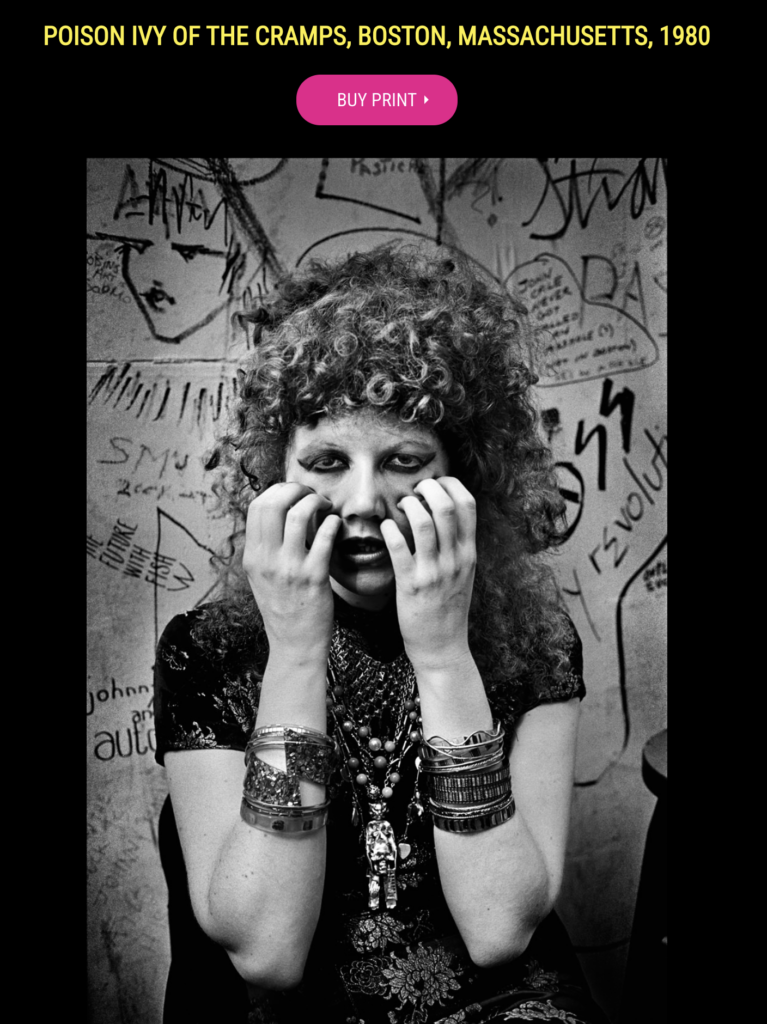Days of Punk
| Fashion
Punk Album Art: The Stories Behind the Iconic Covers
Posted by Michael Grecco
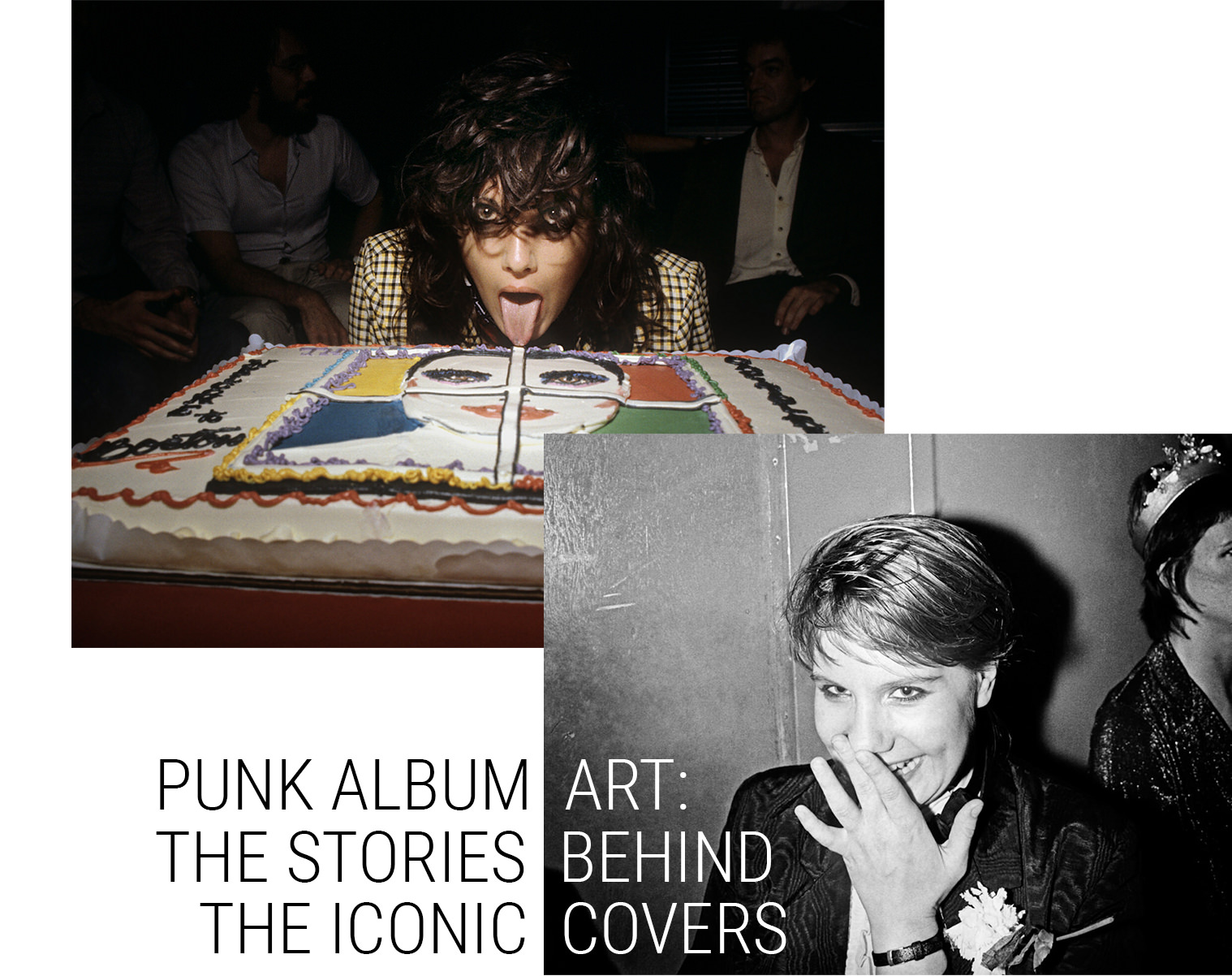
Punk Album Art: The Stories Behind the Iconic Covers
The stories behind the iconic covers of punk album art begin with the question: what came first, the music or the culture? The punk culture and the music can be identified by its raw energy, defiant clash with society, anarchy as a political philosophy, and an ethos that screamed (literally) DIY.
Seeds of Punk were nurtured in non-descript repurposed forgotten buildings, clubs bars, and retail spaces. Records were recorded, pressed, packaged, and distributed within a Punk culture determined to create a DIY identity.
Graffiti, Photographs, and the Birth of Punk Album Art
City Halls and the powers of society looked at graffiti as an obstacle to gentrification. Punk culture saw it as art that anyone can create, anywhere. The walls of buildings, clubs, café tables, sidewalks, hallways, and stairwells became living canvases. Punk album art erased the boundaries of packaged corporate rock in favor of graffiti and real-life photographs of punk music in action.
Early in the Boston to New York Punk scene photographer Michael Grecco was welcomed into the inner sanctum of Punk. Welcomed into the lofts, and warehouse space turned punk living quarters Michael Grecco captured images in black and white 35 mm film documenting Punk culture, music, people, and art.
Michael Grecco was curating his thousands of photos that captured the essence of the new music, culture, and lifestyle in a book, in galleries and a museum exhibition titled, The Days of Punk.
Grecco photos of the era included Jello Biafra of the Dead Kennedys among backstage graffiti, Lux Interior of The Cramps experiencing the naked existential scream of his primal soul in a live performance, and Lene Lovich walking down the art deco wrought iron framed stairwell from an urban loft. Any of the thousands of intimate photographs from the lens of the Grecco camera could have been Punk Album Art, together they inspired the punk genre of darkness and light.
Iconic Punk Album Art
The 1976 The Ramones debut album cover by Photographer Roberta Bayley is an example of the minimalist reflection of the DIY Punk ethos. The band, all in black leather jackets and tattered jeans stands in front of a haphazardly patched urban brick wall tagged with graffiti.
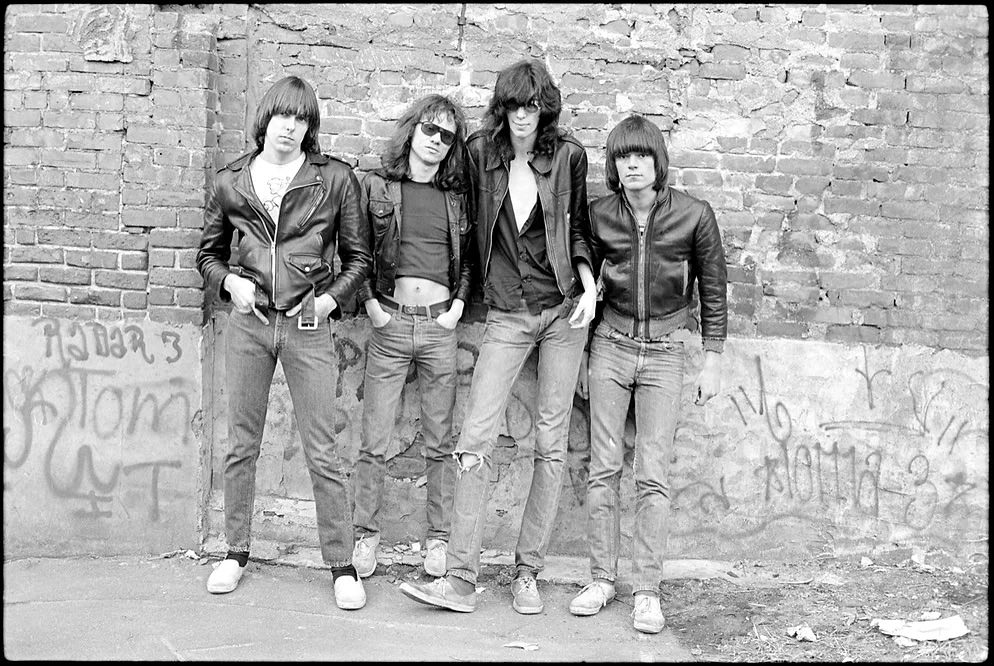
The Ramones First Album Cover photographed by Roberta Bayley (photo credit: Sire Records/ Roberta Bayley)
London Calling by The Clash released in 1979 captured the raw energy and anti-establishment mores of Punk. Photographer Pennie Smith snapped a black and white photo of The Clash bassist Paul Simonon smashing his Fender Precision Bass on the stage floor. The green and pink typography of Ray Lory was harkening back to the look of Elvis Presley’s debut album. A cultural and psychological dissertation can be written on the elements of this iconic punk album art. Old rock n roll being unseated by the punk revolution, no reverence for worshiped instrument brand, raw emotions, and the existential black and white colors of punk juxtaposed with green, and pink are the statements about punk on the London Calling Album Cover.
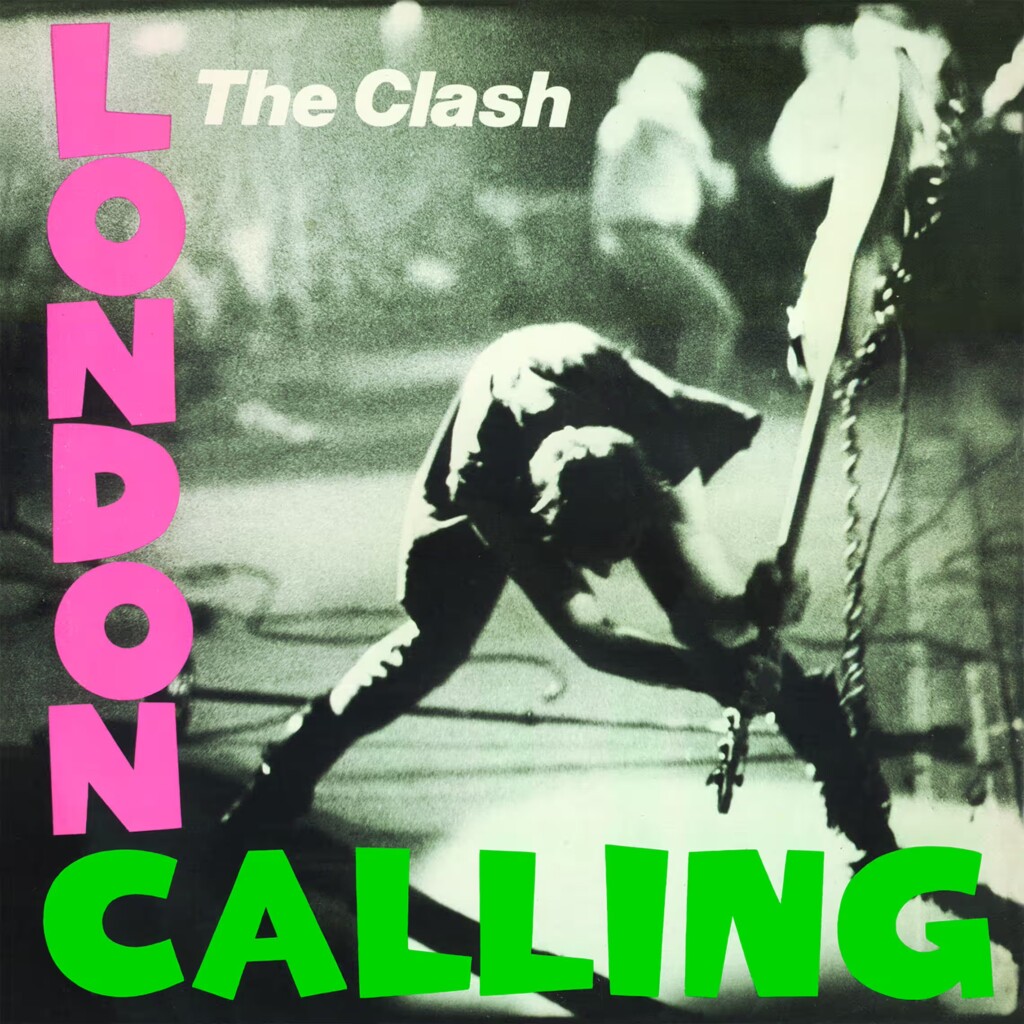
London Calling (1979) photographed by Pennie Smith (photo credit: Sony Music/ Pennie Smith)
Every Picture Tells a Story
Every punk album cover tells a story. Each is a constructive interaction of the music, art, soul, and ethos of a culture that emerged as a counterpoint to corporate and political conformity. The record label behemoths were releasing albums with covers that were extensions of the marketing package.
The 1977 Hotel California Album by The Eagles (a corporate arena rock money machine) featured a picture of an idyllic sunset with palm trees swaying in the breeze and the steeple of an old mission church. In the same year (1977) The Sex Pistols- Never Mind The Bollocks, Here’s the Sex Pistols featured a cover designed by Jamie Reid with a neon pink and yellow background and letters that looked like cut-out ransom note words. The iconic covers of punk album art tell the stories of a culture.
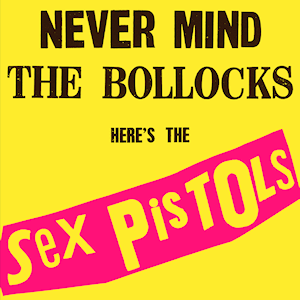
The Sex Pistols- Never Mind The Bollocks, Here’s the Sex Pistols Album (1977) (photo credit: Warner Records/ Jamie Reid)

